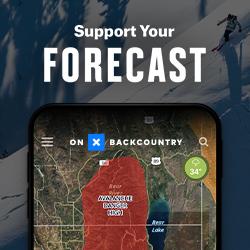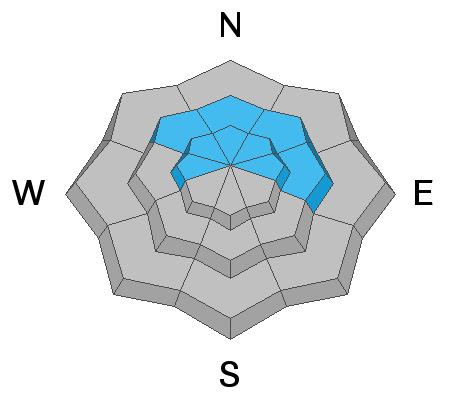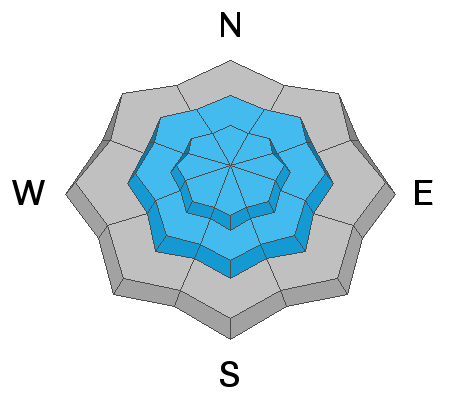Yesterday's cold front came in around noon shifting the winds to the northwest, dropping the temperatures and bringing snow to the valley floor. In the past 24 hrs the upper cottonwoods picked up another 12-18" of new snow with 1.24" of water. Overnight and into this morning the WNW winds continue to blow at speeds of 10-15 mph gusting into the 30's at upper elevations. Temperatures plummeted yesterday afternoon and are now sitting in the teens °F.
As the storm exits to our east we will remain under a cold west-north-west flow and the northerly winds are expected to continue into the late afternoon with speeds of 10-15 mph gusting into the 30's. We should see another 2-5" of new snow this morning into the afternoon before tapering off later this evening.
What a week of weather!!! Storm snow totals since Monday the 25th are trickling in and it's impressive:
- Wasatch Mountains: 50-70" snow (3.5 - 4.34" h20)
- Park City Ridgline: 30-40" snow (2.5 - 3.0" h20)
- Ogden Mountains: 40-50" snow (4.0 - 4.8" h20)
- Provo Mountains: 24-33" snow (1.75 - 2.5" h20)
Our week in review (including a summary of the early season) can be found
HERE.
Overnight Thursday the central Wasatch mountains went through a natural avalanche cycle with avalanches extending up to 1.5 miles wide on the northerly aspects. Yesterday, we had reports of widespread natural and human triggered activity in the backcountry on all aspects at the mid and upper elevations.
Ski areas triggered large full depth avalanches that failed on weak faceted snow found at the base of the snowpack. Veteran patrollers reported avalanches in areas they haven't seen slide in years. They also reported avalanches were being triggered from 300' feet away, running fast and far.
These avalanches were found on the northerly facing slopes and were 2-4' deep 100-300' feet wide failing at the ground on weak, sugary, faceted snow. Be sure to check out our observations page for more info on each reported slide. Found
HERE.Photo: Slab avalanche from the Days Fork ridgeline.









